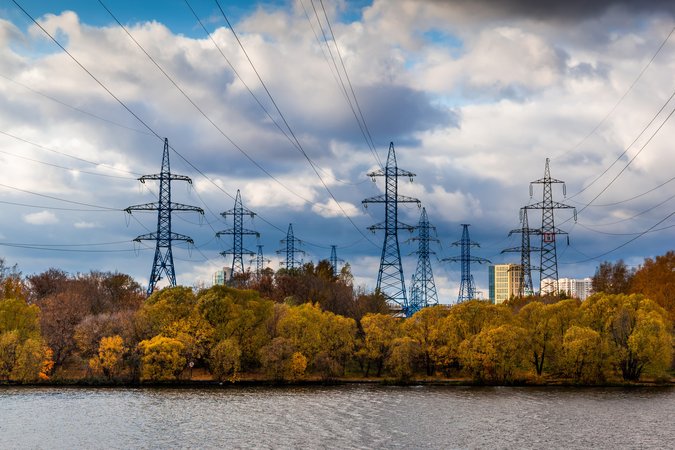From SO2 to Greenhouse Gases: Trends and Events Shaping Future Emissions Trading Programs in the United States
DownloadBecause of its great success, the American program to control sulfur dioxide (SO2) emissions has become a model for proposals to reduce emissions of greenhouse gases. But, in a paper surveying the current literature (“From SO2 to Greenhouse Gases”), RFF researcher Joseph Kruger points out that there are important differences between the two.
The SO2 program introduced an important new idea by encouraging trading. It puts a limit on the emissions of every electric power plant but allows those that can stay below their limits to sell their excess permits to those that don’t. The effect is to equalize the price of sulfur dioxide emissions throughout the industry and ensure that the cheapest reductions are made first.
Kruger finds that many features of the SO2 trading program, such as banking of excess emissions reductions over time and strong monitoring and enforcement provisions, should be incorporated into future efforts to reduce greenhouse gases. But Kruger also notes that scholars have identified a number of factors that might require changes from the SO2 trading model. Among them:
- While SO2 is emitted mainly by coal-fired power plants, carbon dioxide (CO2) is released by anything that burns fossil fuel -- a vastly larger number of sources. Instead of trying to regulate each source at the smokestack, an ideal program would cover the entire economy and might place limits on emissions upstream with the producers or refiners of those fuels. A hybrid system in which emissions from the transport sector are regulated upstream at oil refineries while other sectors are controlled downstream would also be possible.
- While most of the permits in the SO2 program are allocated gratis to the power plants, permits under a carbon program might be auctioned to the highest bidder. The total value of the permits would be much higher in a carbon program, which would make it desirable to redistribute revenues from an auction or to allocate some allowances to energy consumers rather than allocating 100% of allowances to energy producers.
- A carbon program might contain features that limit allowance price uncertainty. Some analysts have argued that a greenhouse gas trading program should contain a safety valve -- a price ceiling for permits, at which the regulator would issue as many permits as the industry wants at a set price. Advocates of these types of mechanisms argue that CO2 prices may be more unpredictable than SO2 prices because there are relatively few mitigation options for CO2, and there are currently no cost-effective post-combustion controls. Moreover, there is less concern over a short-term increase of CO2 as long as the overall trajectory of CO2 emissions is downward over an extended period.
Kruger finds that although national legislative proposals for greenhouse gas trading programs are beginning to incorporate some of the features mentioned above, there is still no political consensus for moving forward on climate change in Congress. However, three other initiatives -- corporate voluntary programs, state trading programs, and the European Union Emissions Trading Scheme -- are developing at a faster pace and may be shaping the ground for a future U.S. federal effort. Kruger writes that while these initiatives are experimenting with some valuable features, they are not always following the “ideal” design features described in the economics literature.
Kruger maintains that in particular, the European Union Emissions Trading Scheme, launched at the beginning of 2005, could have a significant impact on a future U.S. program. Designed to bring down Europe’s emissions of CO2) from stationary sources, it is far larger and more complex than the American SO2 program that inspired it. Kruger observes that the perceived success or failure of the European system could deeply influence decisions to proceed with greenhouse emissions controls in the United States.
Authors

Joseph Kruger



